Are you searching for something new for your middle grade readers? Here are a few just out or upcoming books, in graphic format:

A selection of middle grade books launching between 1/1/16 and 4/1/16
Here’s a list of the books by author and title:
Crystal Allen, THE MAGNIFICENT MYA TIBBS – SPIRIT WEEK SHOWDOWN Balzer and Bray
Dori Hillestad Butler, THE GHOST IN THE TREE HOUSE, (Haunted Library #7) Grosset & Dunlap
Alison Cherry, THE CLASSY CROOKS CLUB, Simon & Schuster
Leslie Connor, ALL RISE for the HONORABLE PERRY T. COOK, Harpercollins
KA Holt, RED MOON RISING, Simon & Schuster
Linda Johns, HANNAH WEST SLEUTH IN TRAINING / SLEUTH ON THE TRAIL, Two Lions
Kristen Kittscher, THE TIARA ON THE TERRACE, Harper Children’s
Kirby Larson, AUDACITY JONES TO THE RESCUE, Scholastic
Jen Malone, YOU’RE INVITED TOO, Simon & Schuster
Katherine Marsh, THE DOOR BY THE STAIRCASE, Disney
Denise Lewis Patrick, NO ORDINARY SOUND, American Girl
Karen Rivers, THE GIRL IN THE WELL IS ME, Algonquin
Lisa Schroeder, THE GIRL IN THE TOWER, Henry Holt
Lisa Yee, WONDER WOMAN AT SUPER HERO HIGH, Random House
Karen Romano Young, SYBIL LUDINGTON: REVOLUTIONARY WAR RIDER, Feiwel & Friends
Do you have anything you’d like to add? Please share!

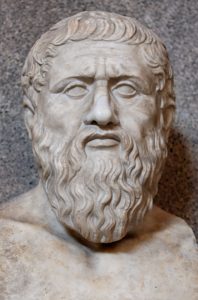
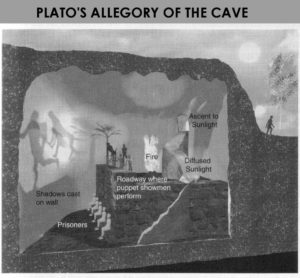
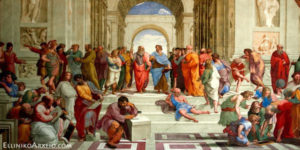
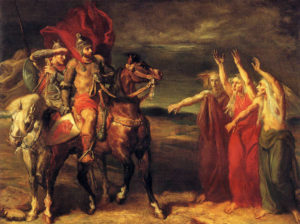
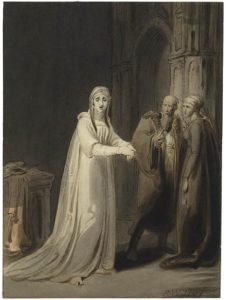
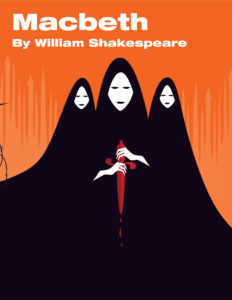



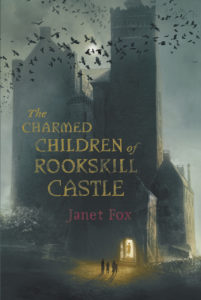

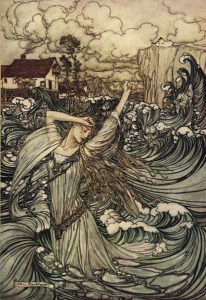
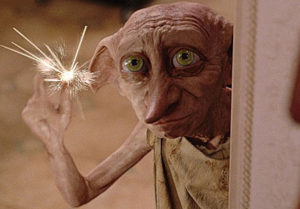
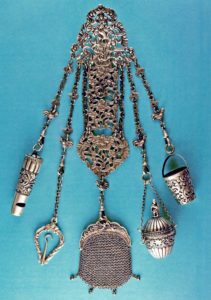
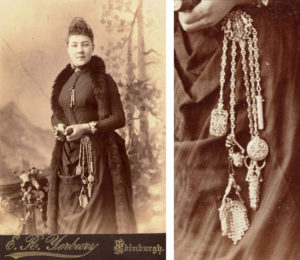

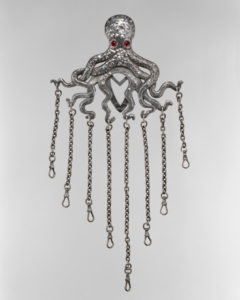

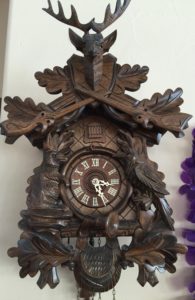
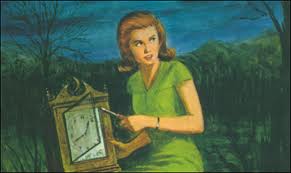






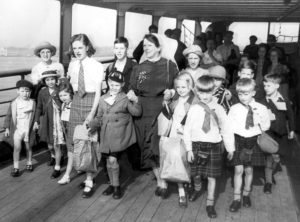
 The British did not falter even in the face of food shortages that required the government to introduce rationing. Meat, cheese, and eggs were among the foods rationed. Cottage gardens sprang up to combat the shortages, and ration books were the currency of the day.
The British did not falter even in the face of food shortages that required the government to introduce rationing. Meat, cheese, and eggs were among the foods rationed. Cottage gardens sprang up to combat the shortages, and ration books were the currency of the day.